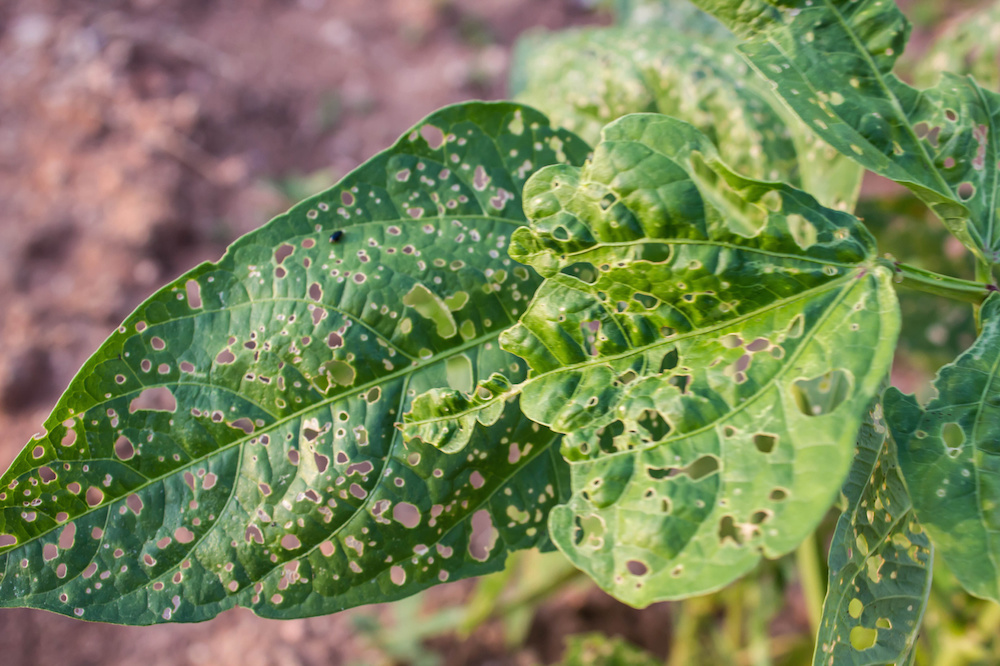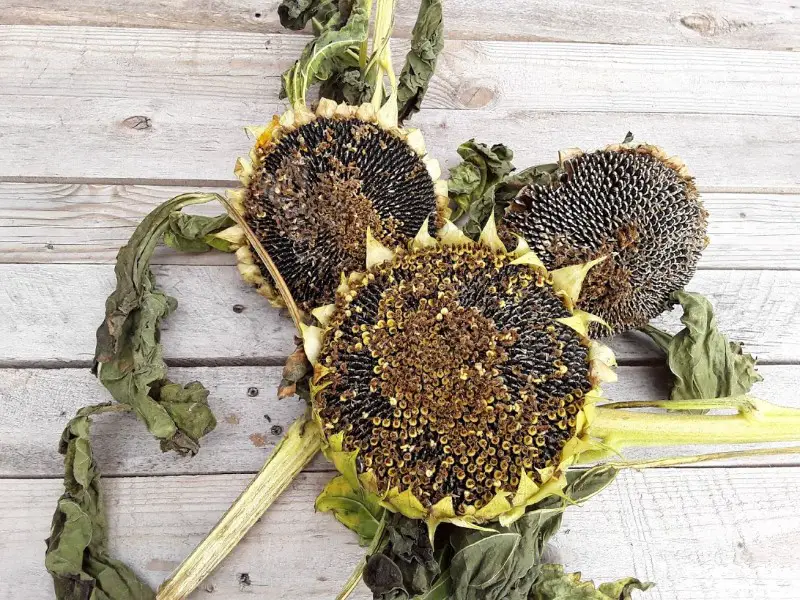Creating the Perfect Environment for Sunflower Growth
When it comes to learning how to care for sunflowers, providing the right environment is crucial for healthy growth and development. Sunflowers require full sun, well-draining soil, and adequate spacing to thrive. Failure to provide these essential conditions can lead to stunted growth, weakened stems, and reduced blooming.
Full sun is essential for sunflowers, as they need at least six hours of direct sunlight per day to produce energy through photosynthesis. Insufficient sunlight can result in weak and spindly stems, making them more prone to damage from wind and rain. When choosing a location for your sunflowers, select a spot that receives direct sunlight for most of the day.
Well-draining soil is also vital for sunflowers, as they are susceptible to root rot if the soil is too wet. A mix of organic matter, such as compost or manure, and perlite or vermiculite can help improve soil drainage and structure. Additionally, sunflowers prefer a slightly acidic to neutral soil pH, ranging from 6.0 to 7.0.
Adequate spacing is another critical factor in sunflower care. Planting sunflowers too close together can lead to overcrowding, reducing air circulation and increasing the risk of disease. A general rule of thumb is to plant sunflowers 12 to 18 inches apart, depending on the variety.
By providing sunflowers with the right environment, you can set them up for success and enjoy a bountiful harvest of beautiful blooms. Remember, learning how to care for sunflowers is all about attention to detail and creating the perfect conditions for growth.
Watering Sunflowers: The Right Amount at the Right Time
Proper watering is essential for healthy sunflower growth and development. When learning how to care for sunflowers, it’s crucial to understand the importance of watering at the right time and in the right amount. Sunflowers require consistent moisture, especially during the germination and seedling stages.
The frequency of watering sunflowers depends on weather conditions, soil type, and the age of the plants. As a general rule, water sunflowers deeply once or twice a week, depending on weather conditions. It’s better to water deeply and infrequently than to water lightly every day, as this can encourage deep root growth.
The amount of water sunflowers need also varies depending on the stage of growth. During the germination stage, keep the soil consistently moist but not waterlogged. As the plants grow, gradually increase the amount of water to about 1 inch per week. Avoid getting water on the leaves or flowers to prevent fungal diseases.
The timing of watering is also critical. Water sunflowers in the morning, allowing the plants to absorb the water throughout the day. Avoid watering in the evening, as this can encourage fungal growth and other diseases.
The consequences of overwatering and underwatering sunflowers can be severe. Overwatering can lead to root rot, while underwatering can cause stunted growth and reduced blooming. By understanding how to water sunflowers effectively, you can promote healthy growth and encourage beautiful blooms.
Fertilizing Sunflowers for Optimal Growth
Fertilizers play a crucial role in sunflower growth, providing essential nutrients for healthy development. When learning how to care for sunflowers, it’s essential to understand the importance of fertilization and how to apply it effectively.
There are several types of fertilizers suitable for sunflowers, including nitrogen-rich fertilizers, phosphorus-rich fertilizers, and balanced fertilizers. Nitrogen-rich fertilizers promote leaf growth, while phosphorus-rich fertilizers encourage root development and blooming. Balanced fertilizers provide a mix of nitrogen, phosphorus, and potassium for overall plant health.
The timing of fertilizer application is critical. Apply a balanced fertilizer at planting time, followed by a nitrogen-rich fertilizer once the plants are about 6 inches tall. A phosphorus-rich fertilizer can be applied when the plants are about 12 inches tall to promote blooming.
Soil testing is also essential in determining the fertilizer needs of sunflowers. A soil test can reveal the pH level and nutrient deficiencies in the soil, allowing you to adjust your fertilizer application accordingly. Most sunflowers prefer a slightly acidic to neutral soil pH, ranging from 6.0 to 7.0.
pH balancing is another critical aspect of sunflower care. If the soil pH is too high or too low, it can affect nutrient availability and uptake. By maintaining a balanced soil pH, you can ensure that your sunflowers receive the necessary nutrients for healthy growth and development.
By understanding the role of fertilizers in sunflower growth and development, you can provide your plants with the necessary nutrients for optimal growth. Remember, how to care for sunflowers involves a combination of proper fertilization, watering, and pest management techniques.
Pest and Disease Management: Common Issues and Solutions
When learning how to care for sunflowers, it’s essential to be aware of common pests and diseases that can affect their growth and development. By identifying these issues early, you can take prompt action to prevent damage and promote healthy growth.
Aphids are one of the most common pests that affect sunflowers. These small, soft-bodied insects feed on plant sap, causing curled or distorted leaves. To control aphids, use neem oil or insecticidal soap. For severe infestations, consider using chemical pesticides like pyrethrin or permethrin.
Whiteflies are another common pest that can affect sunflowers. These tiny, winged insects feed on plant sap, causing yellowing or stunted growth. To control whiteflies, use sticky traps or insecticidal soap. For severe infestations, consider using chemical pesticides like pyrethrin or permethrin.
Powdery mildew is a common disease that affects sunflowers, causing a white, powdery growth on the leaves. To control powdery mildew, use fungicides like copper oxychloride or chlorothalonil. Improve air circulation and remove infected leaves to prevent the spread of the disease.
Other common pests and diseases that affect sunflowers include spider mites, Japanese beetles, and downy mildew. By being aware of these issues and taking prompt action, you can prevent damage and promote healthy growth.
When it comes to pest and disease management, it’s essential to adopt an integrated approach that combines organic and chemical control methods. By understanding how to care for sunflowers, you can create a healthy and thriving garden that’s resistant to pests and diseases.
Supporting Tall Sunflowers: Staking and Pruning Techniques
When learning how to care for sunflowers, it’s essential to provide support for tall varieties to prevent damage and promote healthy growth. Tall sunflowers can grow up to 12 feet or more, making them prone to wind damage, flopping, and breaking. By providing support, you can ensure that your sunflowers grow strong and upright, producing beautiful blooms.
Staking is a simple and effective way to provide support for tall sunflowers. Use bamboo stakes or wooden stakes that are at least 6 feet tall, and place them near the base of the plant. Tie the stem to the stake using twine or soft material, making sure not to constrict the stem. This will provide support and keep the plant upright.
Pruning is another essential technique for supporting tall sunflowers. Remove any weak or spindly growth from the plant, as this can divert energy from the main stem. Also, remove any dead or dying leaves or flowers to prevent the spread of disease and encourage healthy growth.
When pruning, make sure to use clean and sharp tools to prevent spreading disease. Cut just above a leaf node, making a clean cut at a 45-degree angle. This will help the plant heal quickly and reduce the risk of disease.
By providing support and pruning your sunflowers, you can promote healthy growth and prevent damage. Remember, how to care for sunflowers involves a combination of proper support, watering, fertilizing, and pest management techniques. By following these tips, you can enjoy beautiful and thriving sunflowers in your garden.
Deadheading Sunflowers: Encouraging More Blooms
Deadheading sunflowers is an essential technique for encouraging more blooms and promoting healthy growth. By removing spent blooms, you can redirect the plant’s energy towards producing new flowers, rather than seed production. This process is simple and effective, and can be done regularly to encourage continuous blooming.
To deadhead sunflowers, simply remove the spent blooms, leaving the stem and leaves intact. Cut the stem just above a leaf node, making a clean cut at a 45-degree angle. This will help the plant heal quickly and reduce the risk of disease. Remove any weak or spindly growth, as this can divert energy from the main stem.
Deadheading sunflowers also helps to improve their appearance, as it removes wilted and faded blooms. This can make a significant difference in the overall appearance of your sunflower garden, and can encourage more blooms to grow. By incorporating deadheading into your sunflower care routine, you can enjoy a longer blooming season and more vibrant flowers.
When learning how to care for sunflowers, it’s essential to understand the importance of deadheading. By removing spent blooms, you can promote healthy growth, encourage more blooming, and improve the overall appearance of your sunflowers. Remember, how to care for sunflowers involves a combination of proper watering, fertilizing, pruning, and pest management techniques. By following these tips, you can enjoy beautiful and thriving sunflowers in your garden.
Common Mistakes to Avoid When Caring for Sunflowers
When learning how to care for sunflowers, it’s essential to avoid common mistakes that can harm these beautiful flowers. By understanding what not to do, you can ensure healthy growth, vibrant blooms, and a successful harvest. Here are some common mistakes to avoid when caring for sunflowers:
Overfertilizing is a common mistake that can damage sunflowers. Too much fertilizer can cause an overabundance of leaves, reducing flower production and weakening the plant’s structure. To avoid overfertilizing, follow the instructions on the fertilizer package and start with a small amount, gradually increasing as needed.
Underwatering is another mistake that can harm sunflowers. Sunflowers need consistent moisture, especially during the germination and blooming stages. Check the soil daily, and water when the top inch of soil feels dry to the touch. Avoid getting water on the leaves or flowers to prevent fungal diseases.
Inadequate support is a critical mistake that can cause tall sunflowers to topple over. Provide support using stakes or cages, especially for varieties that grow over 6 feet tall. This will prevent damage and promote healthy growth.
By avoiding these common mistakes, you can ensure that your sunflowers receive the care they need to thrive. Remember, how to care for sunflowers involves a combination of proper watering, fertilizing, pruning, and pest management techniques. By following these tips, you can enjoy beautiful and thriving sunflowers in your garden.
Enjoying the Fruits of Your Labor: Harvesting and Drying Sunflowers
After months of nurturing and caring for your sunflowers, the time has finally come to enjoy the fruits of your labor. Harvesting and drying sunflowers is a crucial step in the process, and it requires some knowledge and skill. By following the right techniques, you can preserve your sunflowers and enjoy them for months to come.
The best time to harvest sunflowers is when the petals have dropped off and the back of the flower head has turned a light brown color. Cut off the head, leaving about 2-3 inches of stem attached to the plant. For drying, you can use air drying, desiccant, or oven drying methods. Air drying is the most popular method, where you hang the sunflower heads upside down in a warm, dry, dark place.
Dried sunflowers can be used in a variety of ways, such as in floral arrangements, wreaths, and potpourri. They can also be used as a decoration for your home or as a gift for friends and family. Additionally, sunflower seeds can be roasted and eaten as a healthy snack, or used as bird feed.
When learning how to care for sunflowers, it’s essential to understand the importance of harvesting and drying. By following the right techniques, you can enjoy your sunflowers for months to come and share them with others. Remember, how to care for sunflowers involves a combination of proper watering, fertilizing, pruning, and pest management techniques, as well as harvesting and drying. By following these tips, you can enjoy beautiful and thriving sunflowers in your garden.






